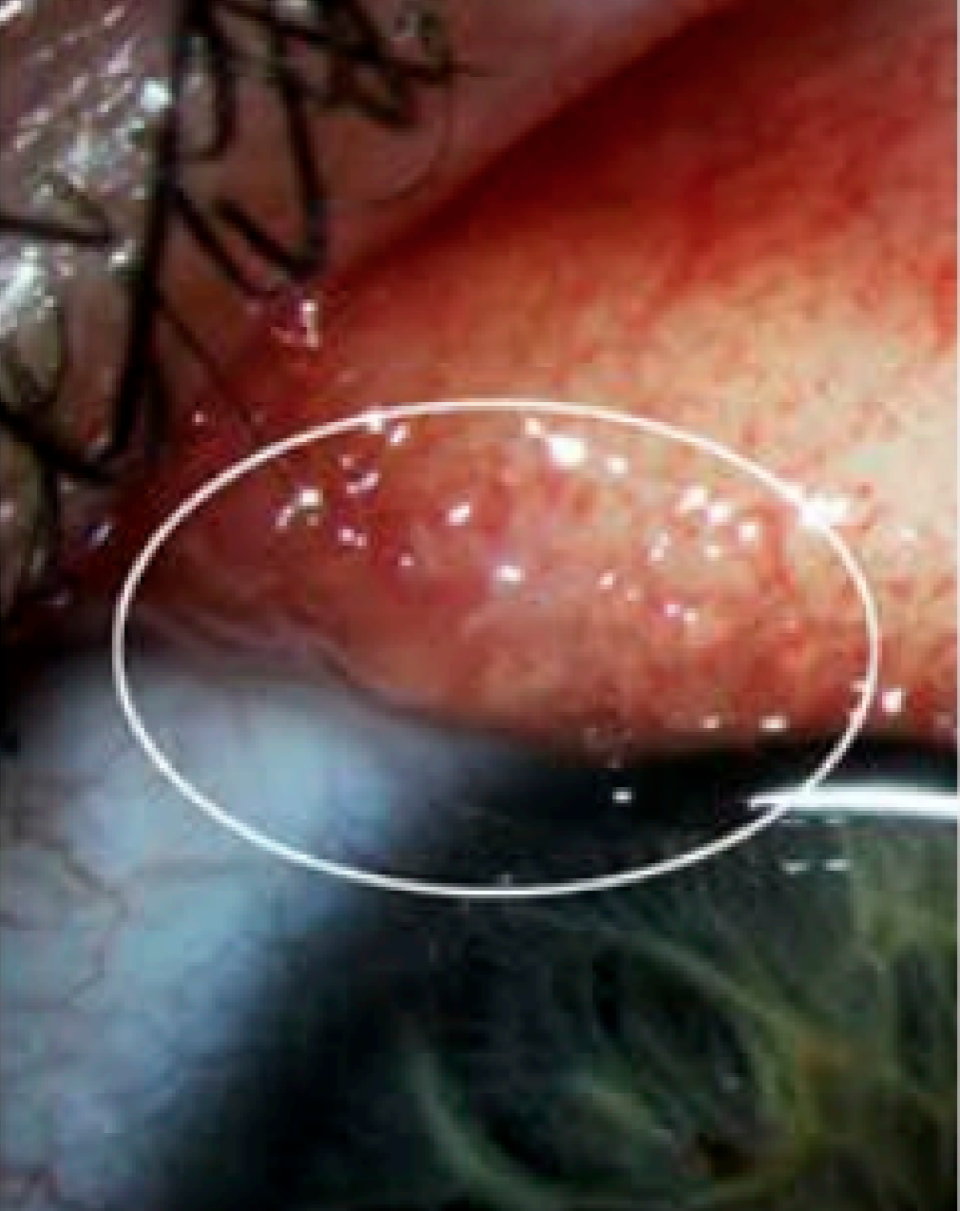Woman, 28, makes scientific history after pulling 14 worms from her EYE

A 26-year-old woman has made scientific history after pulling 14 worms from her eye.
Abby Beckley discovered a tiny wiggling worm in her left eye after suffering from irritation and headaches, then went on to pull out a total of 14 of the creepy creatures over a three week period.
Doctors later discovered that she had somehow been infected by eye worms. Her condition was unusual in itself, but it later turned out that the species of worm was one that had never infected humans before.
The case, which happened in 2016, has now been published the The American Society of Tropical Medicine and Hygiene and as a case report by the US Centers for Disease Control and Prevention (CDC).

Abby, now 28, from Grants Pass in Oregon, was only a few weeks into working on a commercial salmon fishing boat in Alaska when her eye became irritated and she started getting migraines.
When she returned to port and examined her eye, she was shocked to discover a worm wriggling across her eye.
Most popular today on Yahoo News UK
Suspected big cat poacher ‘savaged and eaten alive by lion pride he was trying to hunt’
Couple fined after using fake garage doors to hide tiny secret house from the council
Homeless demolition worker who lost job and parents living in phone box after refusing benefits
Good Morning Britain viewers react to stand-in presenter Jeremy Kyle
“I pulled down the bottom of my eye and noticed that my skin looked weird there,” she told CNN. “So I put my fingers in with a sort of a plucking motion, and a worm came out!”
She and a colleague searched for similar cases on the internet but couldn’t find anything, and visits to a local doctor and ophthalmologist proved fruitless.

Abby found more worms so, concerned at the damage they could cause, went to Oregon Health and Science University in Portland where she was examined by several doctors.
“I am thinking to myself, ‘Worms, please show up,’ because sometimes they would go behind my eye and under the eyelid, and you couldn’t see or feel them anymore. I felt one squiggle across my eye, and I told the doctors, ‘You need to look right now!'”
Some of the worms were sent to the CDC to be identified and in the meantime, Abby returned for regular vision tests and eye washes that were hoped to flush out the worms.
But she said the flushes were unsuccessful and instead she had to continue pulling out the worms at home. Doctors didn’t want to use anti-parasitic medicine in case a dead worm remained in her eye, causing scarring.
The 28-year-old admits she was concerned by the worms being “so close to my brain and eyes” but made jokes to deal with the distress.

Animals often suffer by parasitic eye worms, caused when larvae transmitted by face flies reproduce between the eye and the eyelid.
“This is only the 11th time a person has been infected by eye worms in North America, ” Richard Bradbury, who is the team lead for the CDC’s Parasite Diagnostics and Biology Laboratory, told CNN.
“But what was really exciting it that it is a new species that has never infected people before. It’s a cattle worm that somehow jumped into a human.”
When the worms from Abby’s eye were tested, it was thought they would be a species called Californiensis, but instead they were found to be Thelazia gulosa – unique to cattle and has never before been seen in a human eye.
“It’s possible that there are cases that were misdiagnosed as another species of the worm, californiensis, because people just assume that it will be,” Bradbury said. “But through our work, we were able to understand that a brand-new species can now infect people who are around cattle.”
Around three weeks after finding the first worm, Abby pulled the last one out and hasn’t found another since. She also hasn’t suffered any further complications.
She said she had told her story to reassure anyone else if it happened to them.
“I had wished I could find one article or source that would reassure me this happened to someone else and they are fine,” she said. “If this does happen again, I’m hoping my story will be out there for the next person to find.”
(Top picture: CDC)

